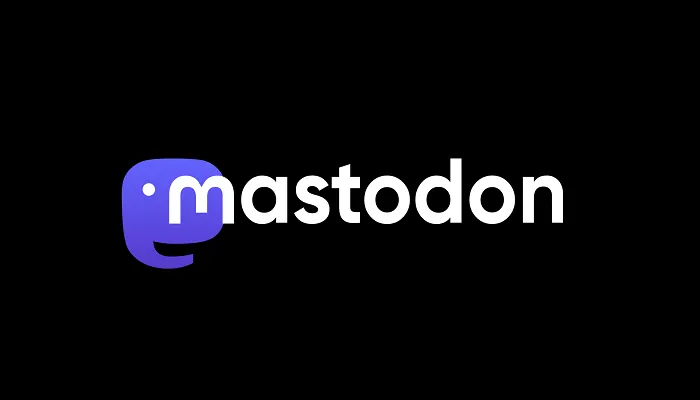To say that Gregory Beischer loves mineral exploration is an understatement.
A geologist by trade in addition to an engineering technologist, Beischer has been in the mining industry for four decades. Now he’s founder and CEO of Alaska Energy Metals, a Canadian company based in Vancouver with projects in Quebec and Alaska. The publicly traded company is working to secure critical metals for energy transition.
Beischer shares his passion for his field and how the industry has evolved over the years.
What sparked your interest in the field of geology?
In some ways, mineral exploration is a lot like a treasure hunt. Lots of money is spent, but not often is the hidden prize found. It’s thrilling to make new discoveries and all it takes is just one to pay off. The upside can be enormous.
There’s a saying that if something can’t be grown, it has to be mined. This very concept is what pulled me into the field in the 1980s.
To have the opportunity to understand minerals—these small, non-obvious facets of importance that can quite literally make or break an economy, that are alarmingly critical to national defense, our safety and that power the technology we rely on for planes to fly safely, healthcare systems to operate and for us to scroll on our iPhones—seemed exciting to me. I found it hard to pass on something this interesting.
Today, four decades later, mining continues to be exciting on a personal level. For North America, however, finding deposits that contain certain minerals has become critical.
Minerals such as nickel, copper, cobalt, chromium, platinum and palladium have become important for our energy transition. Some of these metals are referred to as critical metals and others are referred to as strategic metals.
Nickel, in particular, has been deemed a single point of failure for the U.S., given domestic nickel supply is nearly absent. To make things more complicated, tensions between the U.S. and China, which controls most of the world’s nickel in Indonesia, have intensified in recent years and months.
This is why my company, Alaska Energy Metals, which has exploration projects in Canada and the U.S., is working to develop a large nickel deposit we uncovered this past year that is on track to become one of North America’s largest.
What led you to a career in mining?
What led me to land my first job in the industry with the largest nickel mining company in the world at the time—Inco Ltd, now Vale—was not luck. It was determination. I completed my education in mining and geology and at this point in my career, I was eager to learn from the best of the best.
I applied for a job with Inco to become an exploration manager and with the company, I searched for metal deposits all over North America.
I spent some time working for different companies before starting my own company, Millrock Resources, a well-known premier project generator to the mining industry. I spent 15 years as CEO, and we raised more than $50 million during the company’s lifetime. Many interesting discoveries were made by Millrock.
In May 2023, I retired Millrock and founded Alaska Energy Metals, a publicly listed junior exploration company working to secure a domestic supply of nickel and critical metals for our North America’s energy future.
Our flagship Nikolai nickel project is located in interior Alaska near existing transportation and power infrastructure, and a secondary project, Angliers-Belleterre, in western Quebec.
How has the industry evolved over the years?
Several years ago, I realized that nickel demand would far outstrip supply. Knowing how difficult it is to find rich nickel deposits, I realized that the mining industry would be forced to mine nickel deposits of lower concentration.
I was aware of the nickel at the Nikolai project from my work there in the 1990s. Over time the mineral rights had been abandoned by Inco and other explorers. I realized that for quite a low cost, we could acquire the mineral rights.
We didn’t have much money then, but we took a bold step and spent what we had to acquire it. It was a gamble that I think will pay off very well for our shareholders, but also for North America and even the world as a whole.
Given the increasing demand for critical metals and the need for a supply for electric vehicles, long-term energy storage solutions, our national defense and so on, junior miners are now truly entering a period of deep importance. According to Benchmark Minerals, to avoid critical mineral shortages, the world will require well over 330 new mines over the next decade.
This marks the importance of continued mining expansion in the West.
What advice do you have for young professionals just entering the industry”
It’s important to understand the differences between mining in the West and the East. In North America we have incredibly rigorous standards around how we mine, with environmental protectionism and stewardship being the utmost priority.
The industry has changed so much since I started my career 40 years ago. New advancements and innovations in technology have truly made possible net-zero mining operations and are offering the industry ways to dramatically modernize, reduce its environmental footprint and demonstrate impactful change.
While the industry will continue to change, not all companies within it will. Be aware of this and choose to work with companies that look to the future by taking steps towards it today.
Also critically important is to work with companies who prioritize transparent communication with all of their stakeholders, including the communities in which its projects are located.
To really get ahead in this industry, and in life, one has to be willing to take chances. It is best not to be afraid of change and instead embrace and invite it.




































































